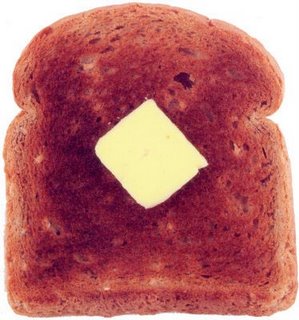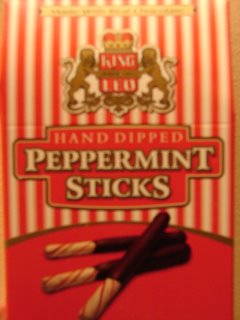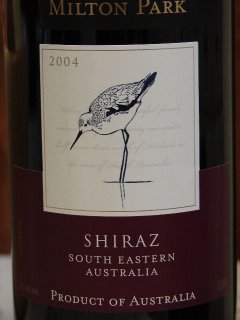
I will confess. Until I was in college, I thought that Manishevitz was actually wine. You know Manishevitz - the wine that is traditionally used for Passover in Jewish households. Jews are not generally known as big drinkers -- anyone who has tasted Manishevitz will understand why.
Traditionally, we got the sweetest and heaviest of the Manishevitz line -- Extra Heavy Malaga. Imagine a cross between fortified grape juice and pancake syrup and you'll get an idea of the taste - plus it's got that little "kick" at the end, sort of reminiscent of flavored Schnaps.
If my parents are reading this, I apologize. I know you still enjoy your Manishevitz... even when it's not actually Passover. But I have graduated.
The 1980's was the decade of school for me -- high school, college, and then law school. Through most of those years, I drank what students drink - mixed drinks, beer (which I never actually liked) and White Zinfandel. Yes, White Zin. In the late 1980's that was my choice of wine. (It's interesting to note that there seems to be a natural progression from manishevitz to white zinfandel -- that appears to be my parents' choice of wine at this point.) Luckily, my white zin days didn't last too long.
The 1990's were the beginning of my real appreciation for wine. I did what most people do - moved from white zin to chardonnay, and then pino grigio. Eventually I began drinking cabernet savignon and then merlot (before it was HUGELY popular), then shiraz, cabernet franc and pinot noir. I was fortunate enough to be working with some people who knew about wine, so when we went out for business dinners I was exposed to wines that I wouldn't have been able to afford to try.
This decade has been the best yet for wine. I'm comfortable in my reasonably priced choices. I've discovered you can get some great, enjoyable bottles of wine for well under $10. I've traveled to wine country in California in 2001 and will be doing so again this July. It has been an interesting journey so far, and I welcome you to join me for the rest of this journey. In upcoming posts I will describe what I'm drinking that day, with explanations and reviews. I'll provide as much info about wine and health as I can find, as well as info about wineries and regions. The writer Robert Louis Stevenson said "Wine is bottled poetry" - join me in this ode to wine.
 Just for fun, I decided to look at the bottles of wine I have in my "cellar" (aka the wooden wine rack in my dining room) to see what countries they were from. It actually was a very enlightening experience because I realize that I need to branch out and I promise that on my next wine buying jaunt, that's what I'll do.
Just for fun, I decided to look at the bottles of wine I have in my "cellar" (aka the wooden wine rack in my dining room) to see what countries they were from. It actually was a very enlightening experience because I realize that I need to branch out and I promise that on my next wine buying jaunt, that's what I'll do.








 Dieters - here's something to drink to. According to the May/June issue of Weight Watchers Magazine, "recent research found that people who had one or two alcoholic drinks per day were 54 percent less likely than teetotalers to be obese." Before you drink that whole bottle however, it's worth noting that the same article also said that those who have more than four drinks a day "increased their risk of being obese by 46 percent." So stick with one or two glasses at most. A glass of wine with dinner is not just civilized... it's good for your diet!
Dieters - here's something to drink to. According to the May/June issue of Weight Watchers Magazine, "recent research found that people who had one or two alcoholic drinks per day were 54 percent less likely than teetotalers to be obese." Before you drink that whole bottle however, it's worth noting that the same article also said that those who have more than four drinks a day "increased their risk of being obese by 46 percent." So stick with one or two glasses at most. A glass of wine with dinner is not just civilized... it's good for your diet!










